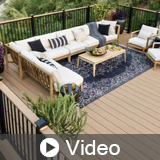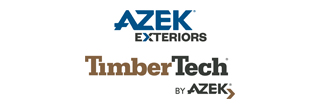
Enhancing Fire Resistance with Advanced PVC Solutions
This course equips architects and design professionals with the knowledge needed to specify Advanced PVC products that enhance fire resistance in both residential and commercial settings. It explores the principles of ignition resistance and non-combustibility, along with the significance of flame spread ratings in material selection. Participants will examine how Wildland Urban Interface (WUI) compliance influences design decisions in fire-prone areas and review the ASTM E84 test to assess the performance of PVC engineered polymers. The course highlights strategies for integrating these fire-resistant materials to improve building resilience and minimize the potential for structural damage.
- Define the different types of fire resistance, emphasizing how Advanced PVC products may help mitigate fire hazards in built environments.
- Interpret flame spread ratings and identify materials with a Class A, Class B, and Class C, flame spread index, highlighting the role of Advanced PVC products in reducing fire risks and protecting occupants.
- Explain Wildland Urban Interface (WUI) compliance and its impact on regulating fire to minimize structural damage, focusing on the benefits of Advanced PVC products in high-risk areas.
- Describe the ASTM E84 test, its measurement of material performance, and the applications of Advanced PVC products in residential and commercial settings.





